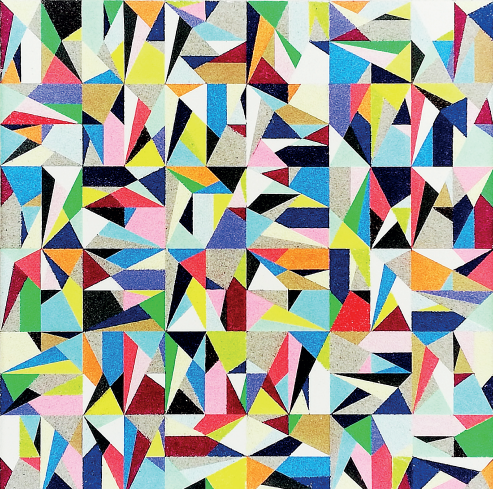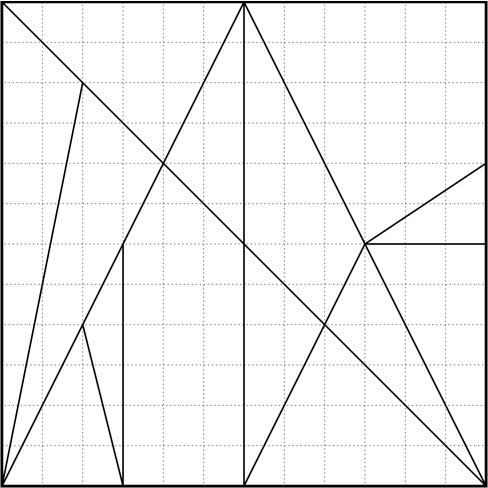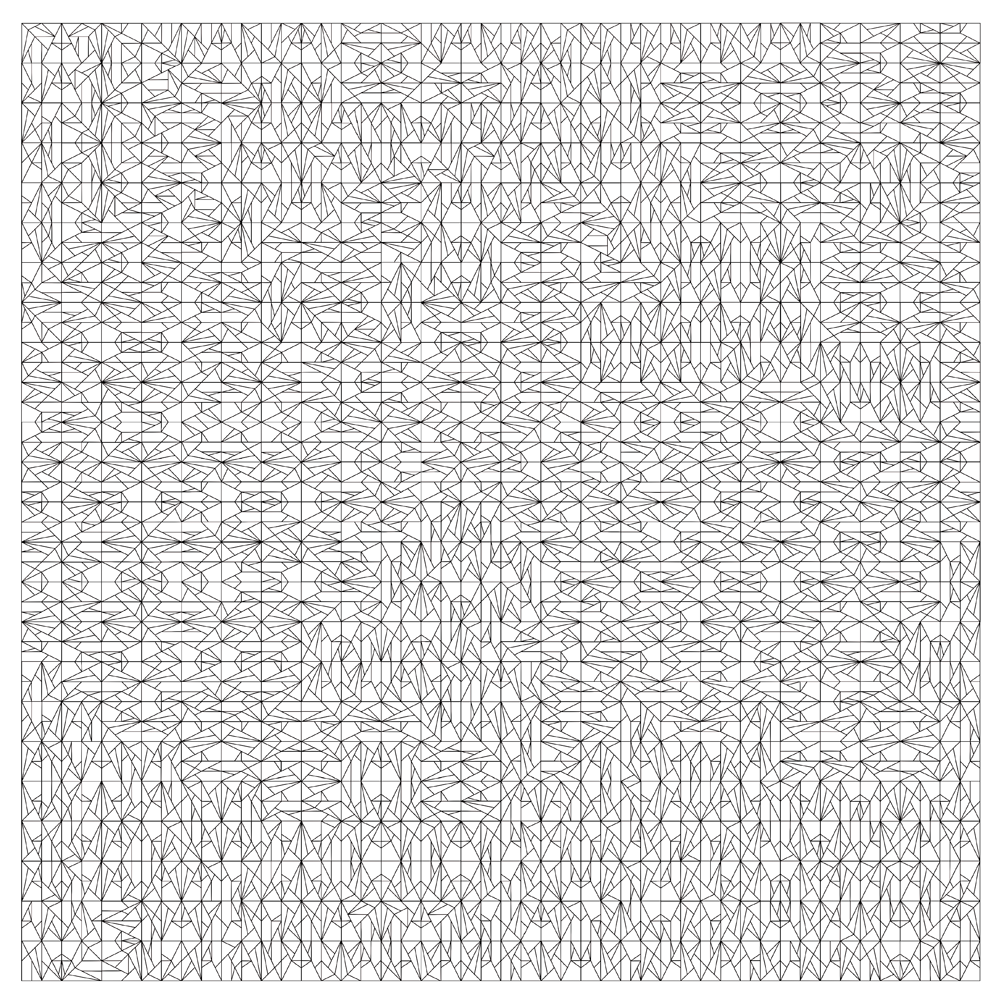| Stomachion | |||||
 |
Stomachion On October 29, 1998, a dirty, moldy, largely illegible, and legally disputed ancient book was auctioned at Christie's in New York. There were only two interested bidders: a representative of the Greek government and an anonymous private individual. The Greek government stood no chance. The book was sold for a total of 2.2 million dollars to the private individual. It was a palimpsest, a book made of papyrus whose pages were scraped and washed in the 13th century to erase the original text and then rewritten with a Christian text. The erased text was from Archimedes of Syracuse (circa 287 - 212 BC), the most significant scientist of antiquity and one of the greatest mathematicians of all time. Fortunately, the private collector provided the book to the Walters Art Museum in Baltimore with the desire to decipher the mysterious writing behind the text and thus reveal Archimedes' message. It took ten years until 2008 for Archimedes' text to be made readable again using methods of digital image processing with ultraviolet, infrared, visible, and raking light, as well as X-rays. The palimpsest is the only known copy of Archimedes' texts "Stomachion" and the "Method" and contains the only known Greek copy of "On Floating Bodies." It is the oldest existing manuscript with texts by Archimedes and is called Codex C. In his work "Stomachion" (from Latin stomachari to be annoyed, stomachus stomach), Archimedes describes a square that can be assembled from 14 different figures. For a long time, it was considered merely a game of assembly and patience (which it might have been), from which various figures similar to the Chinese Tangram could be arranged, and it was spontaneously assumed that there was only one way to form a square from the 14 elements. However, four mathematicians calculated with the help of a computer program the total number of a whopping 17,152 possibilities. Even if we don't count reflections and rotations, there are still 536 possibilities to form a square from the parts: (see canvas print on the left, 100 x 100 cm)
|
Color sand on Kappa lightweight board (70 x 70 cm). Representation of 36 different ways to assemble the Archimedes puzzle into a square. |
|
With the deciphering of the codex, scientists came to the realization that Archimedes must have been engaged in combinatorics even back then, a mathematical discipline that gained greater significance only in the 20th century with the emergence of computer science. |

